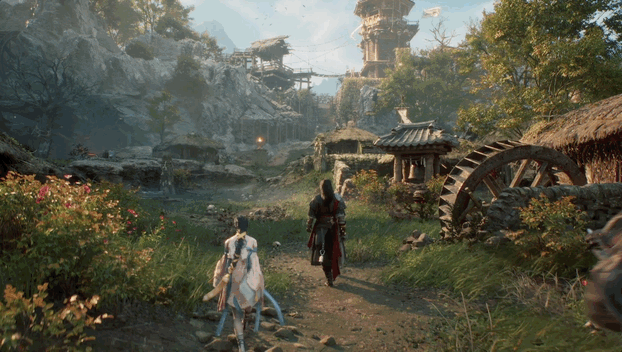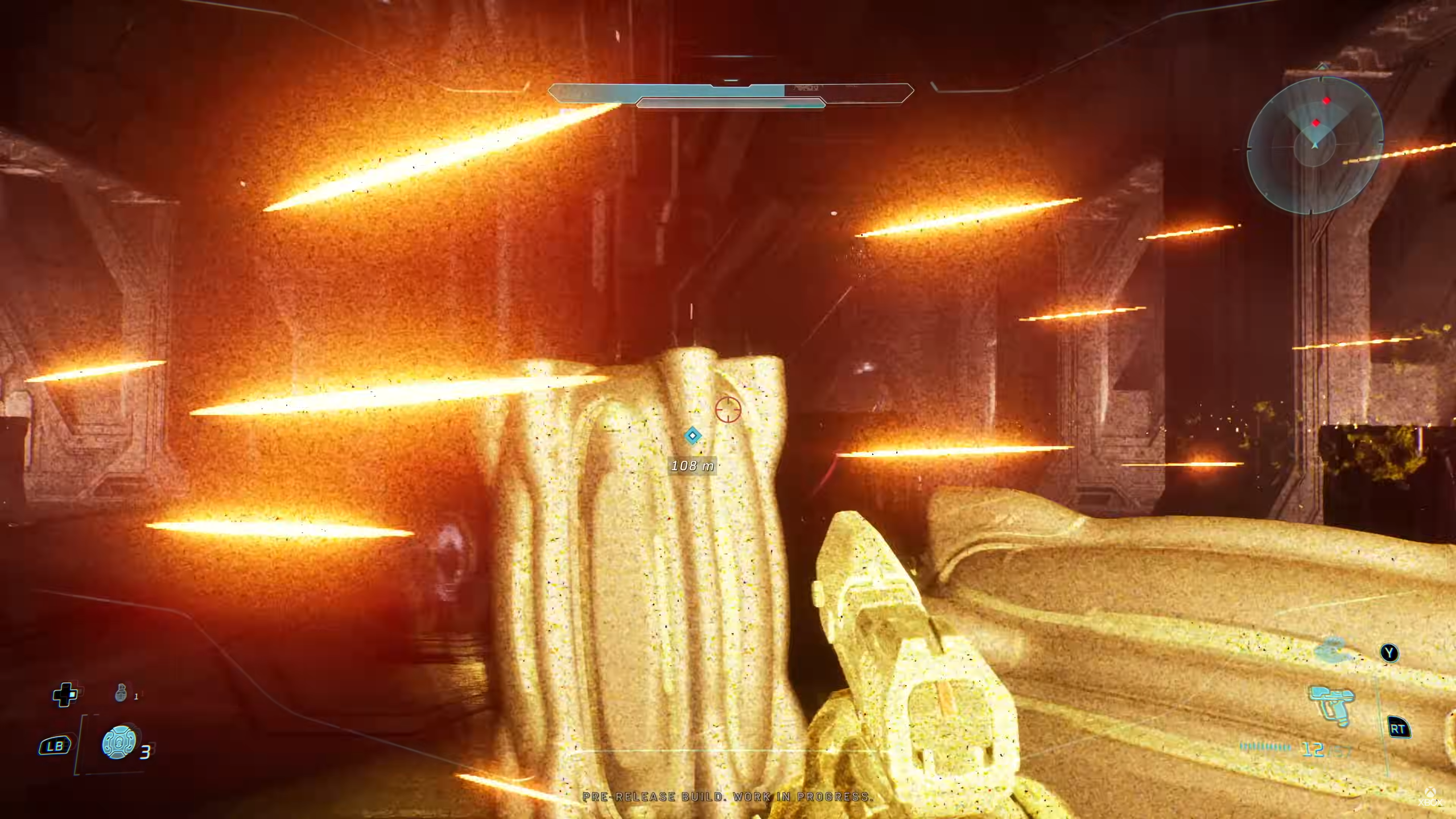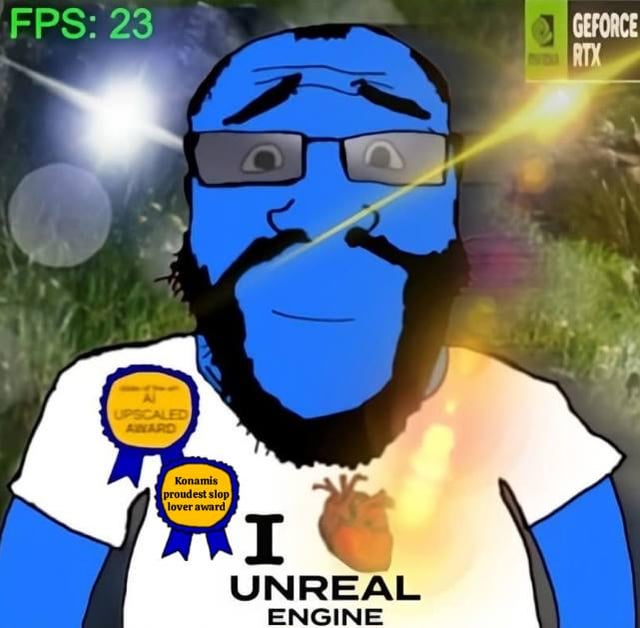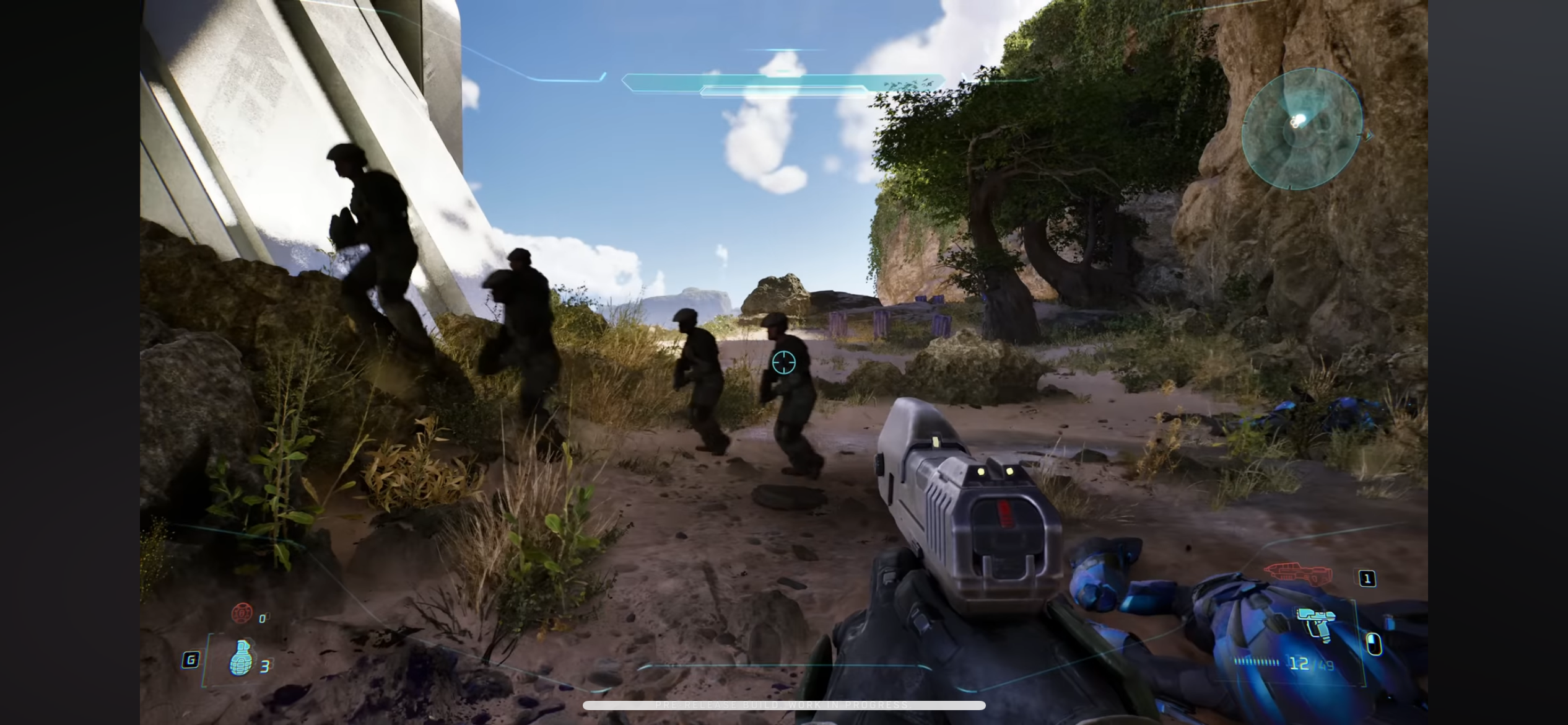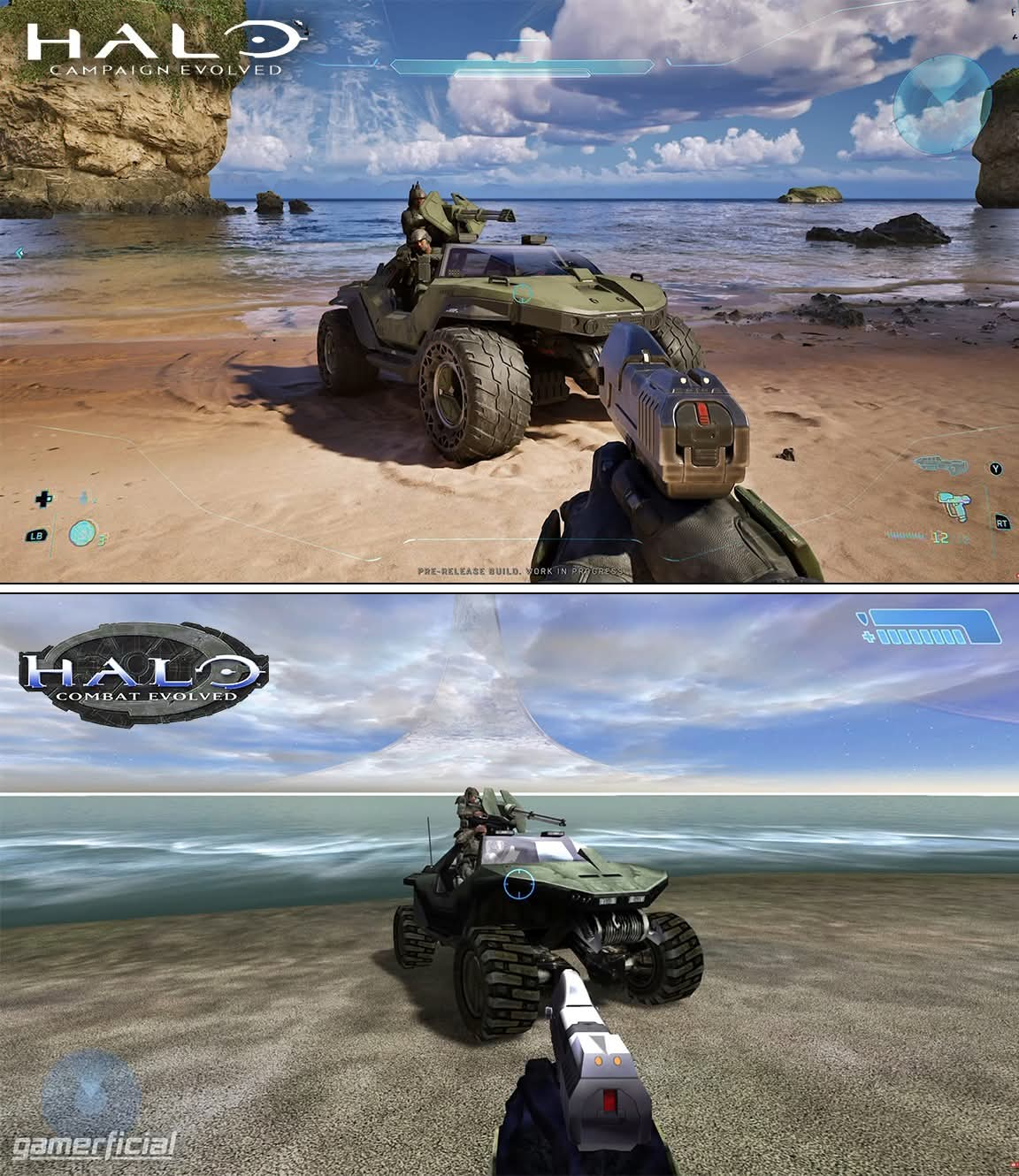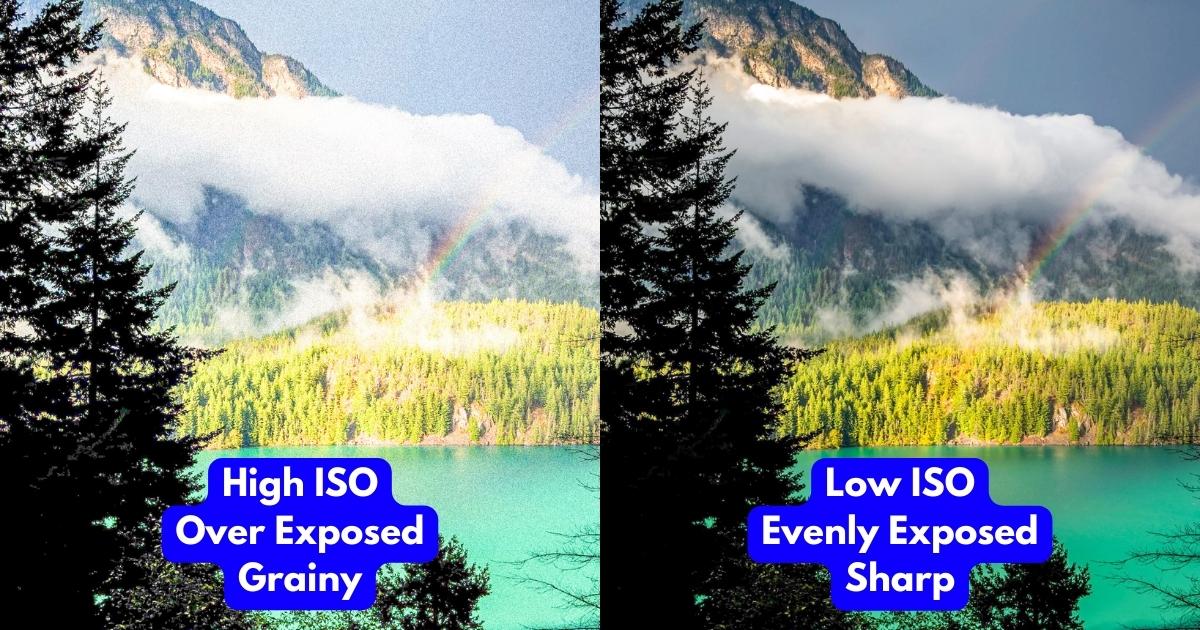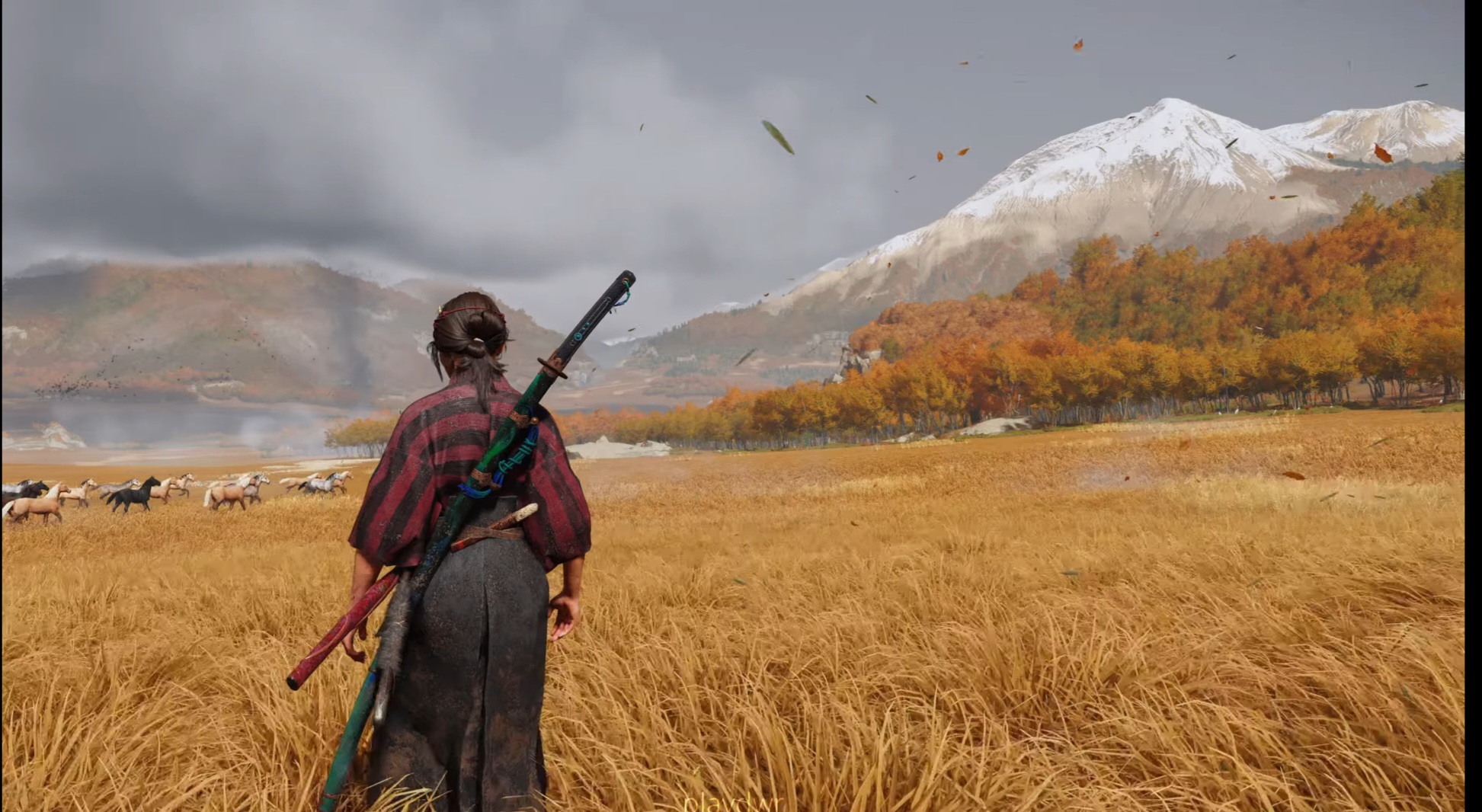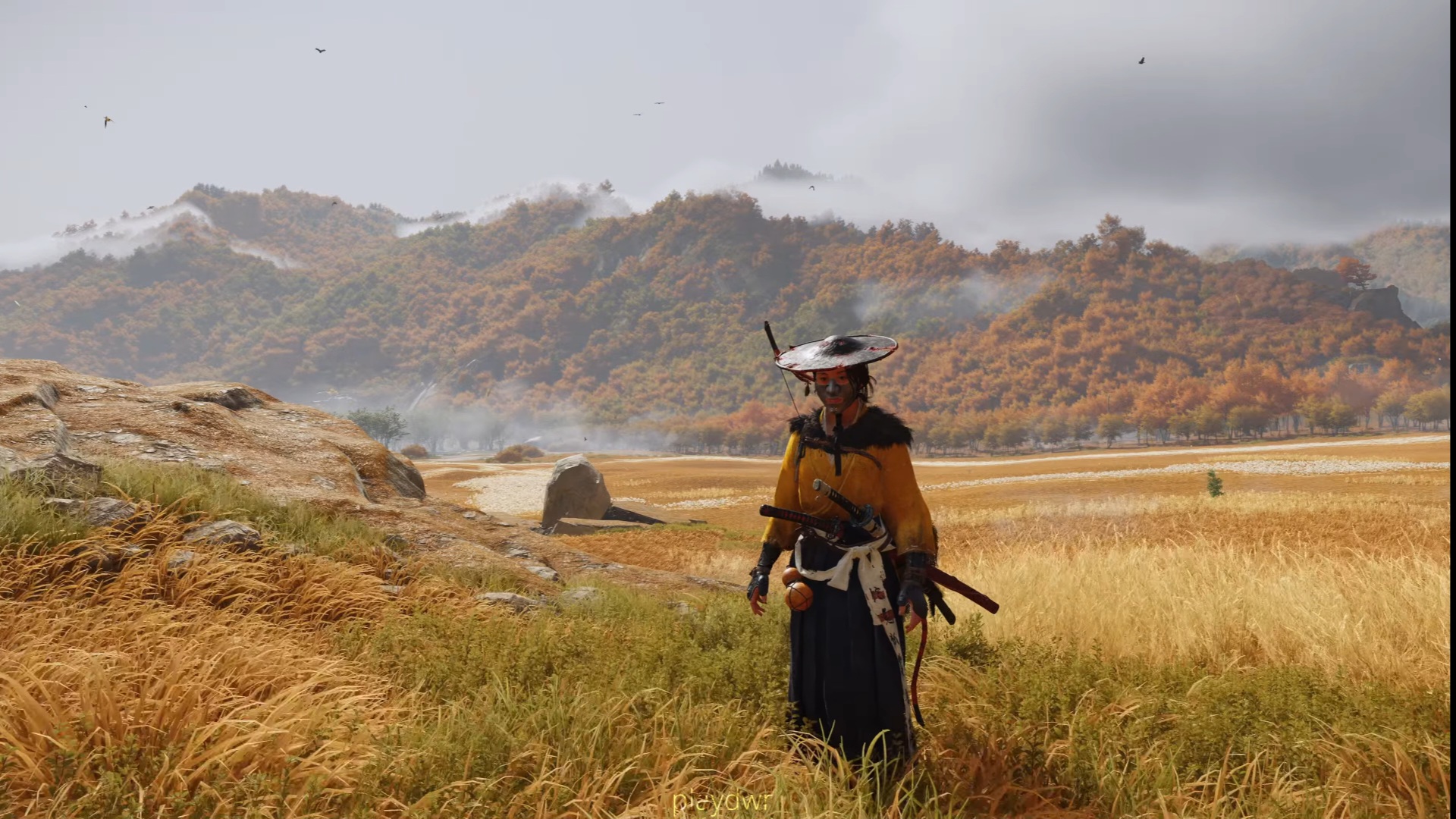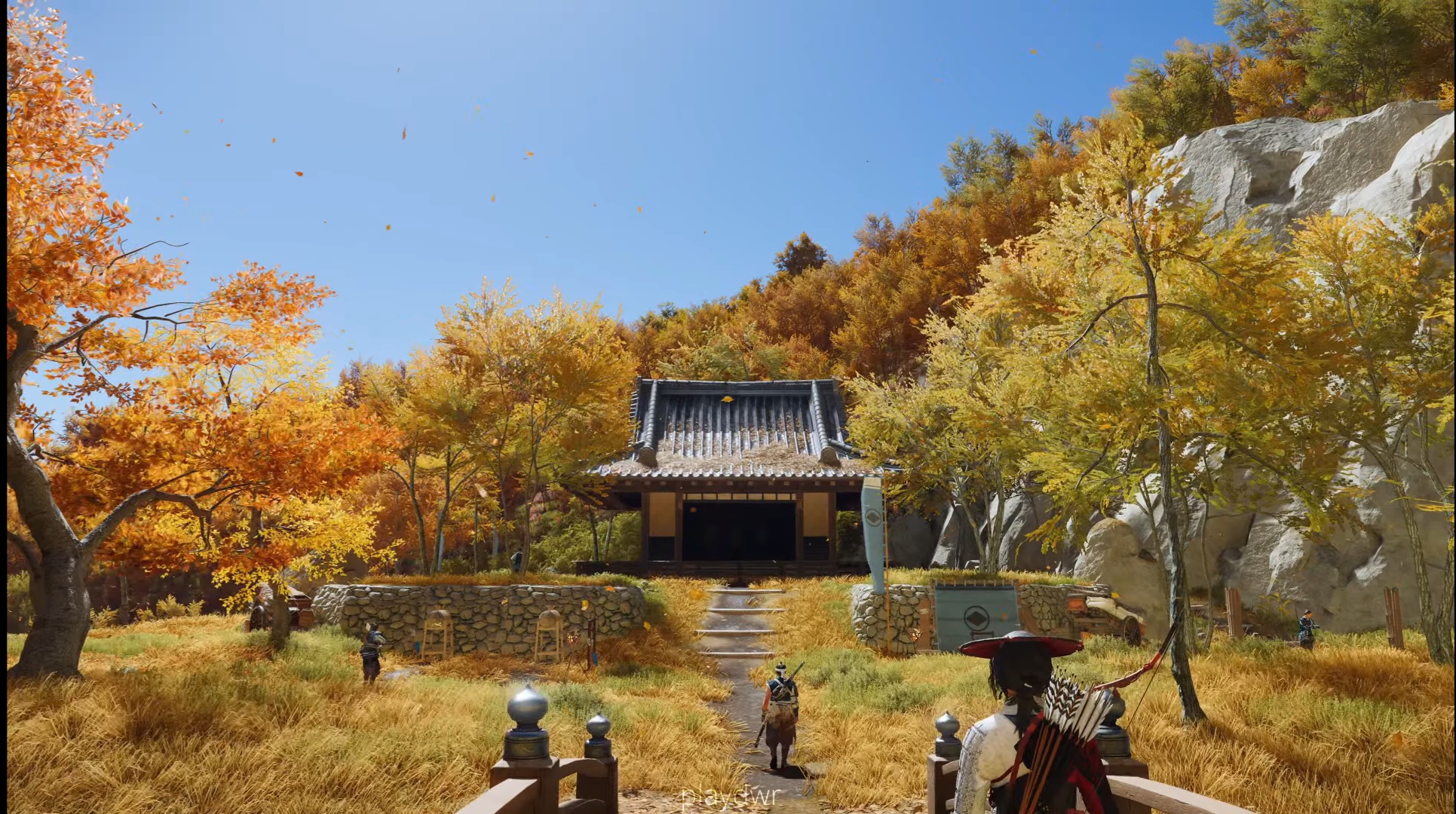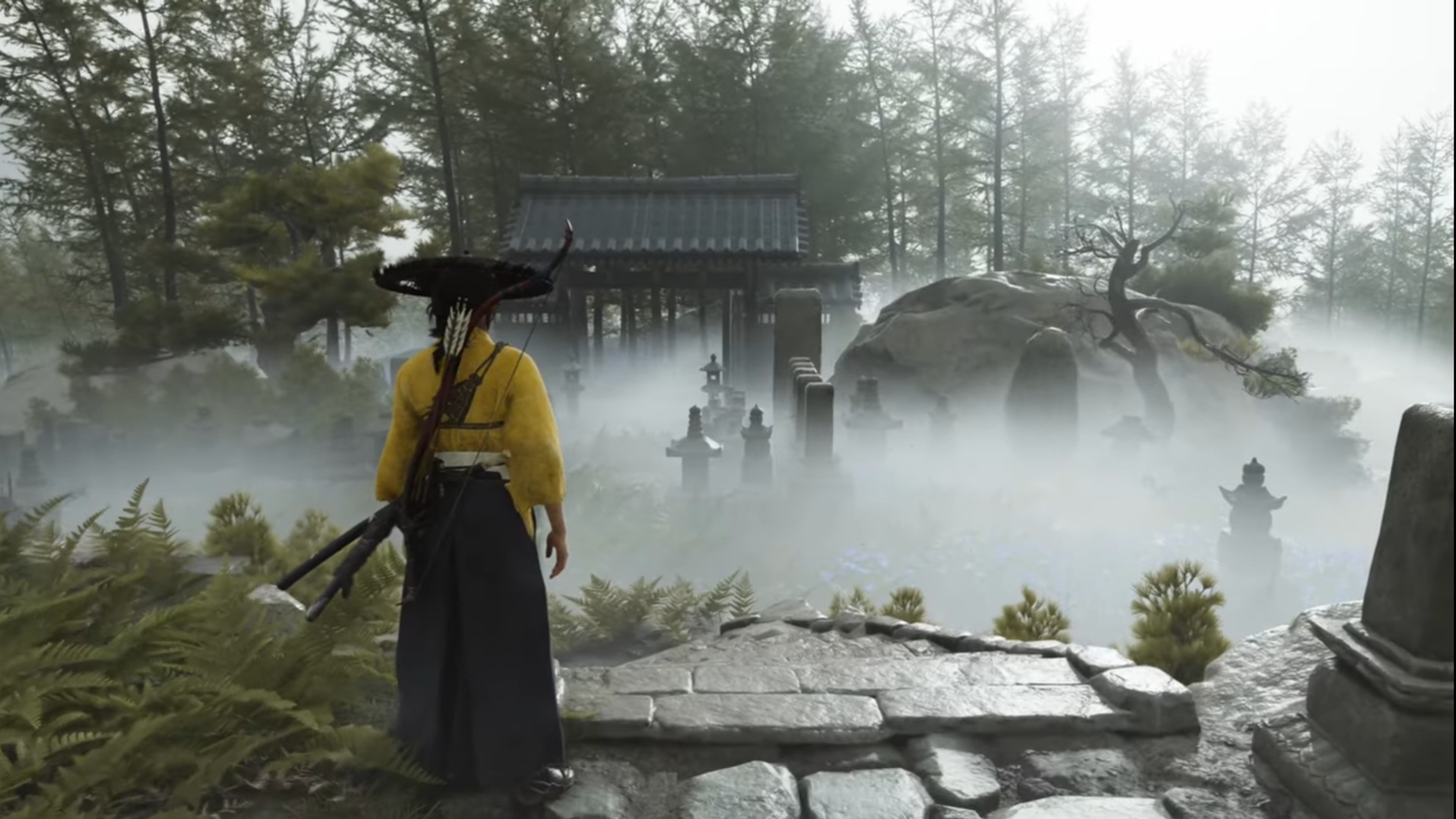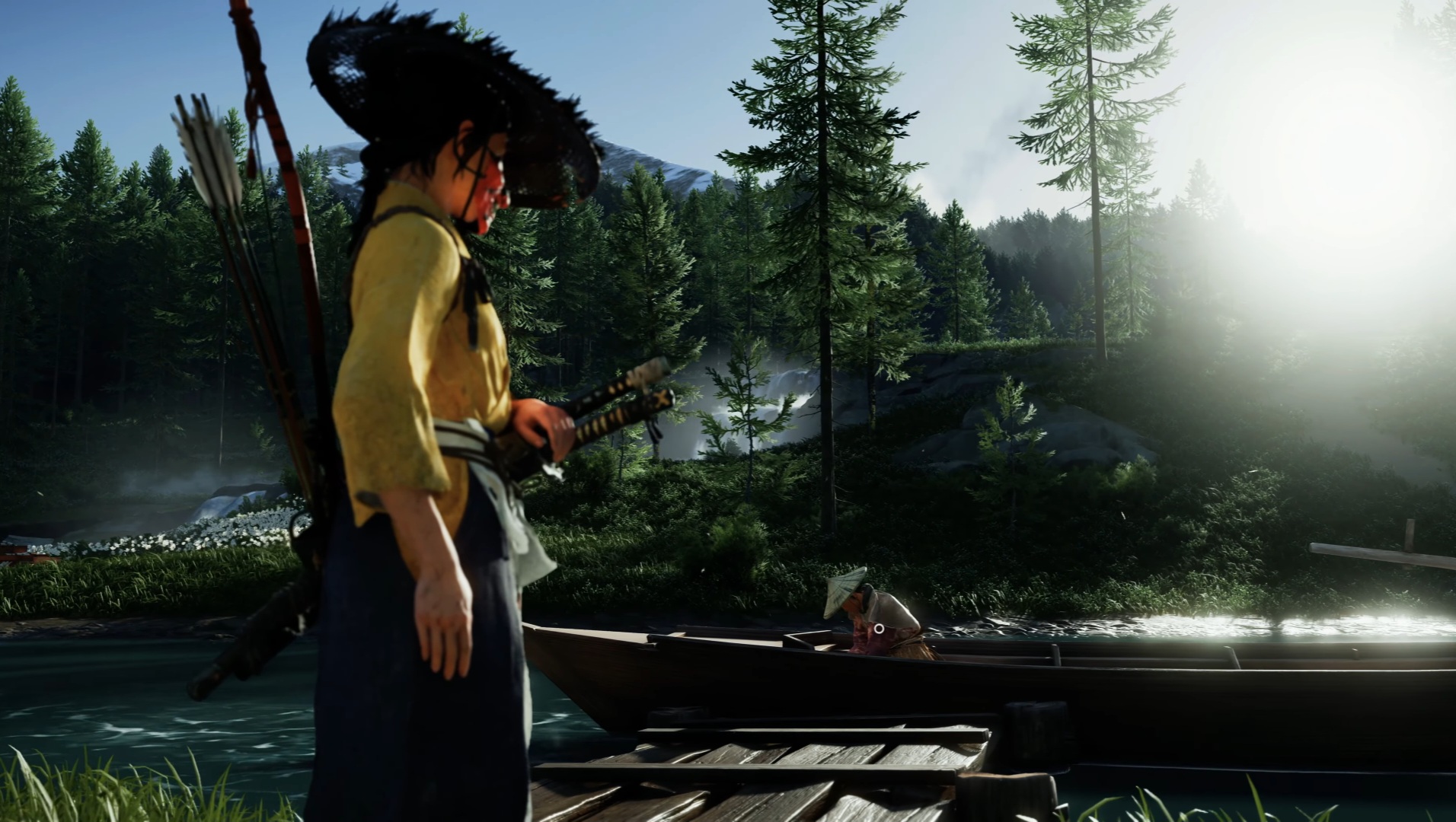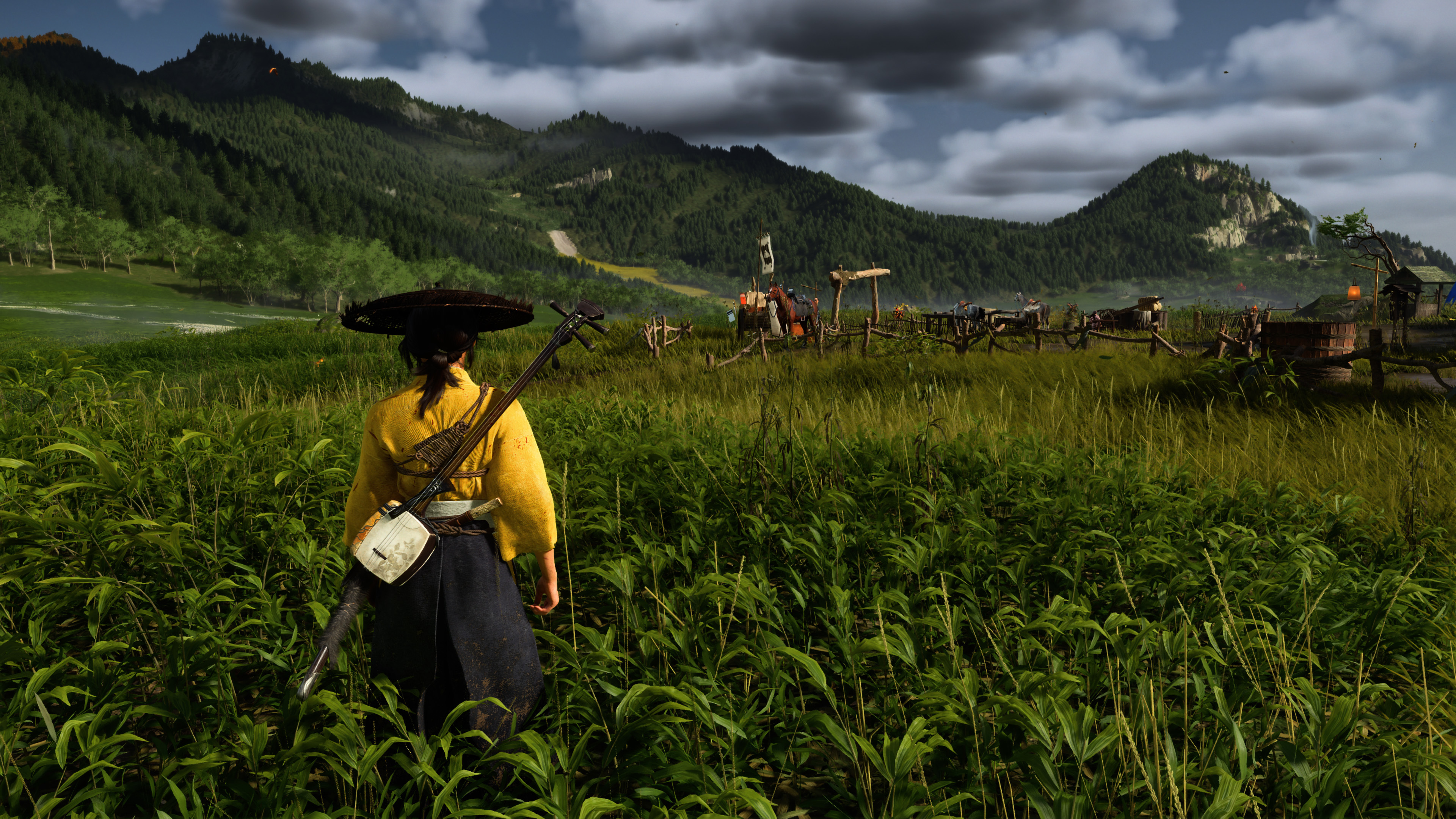SlimySnake
Flashless at the Golden Globes
Some quotes that help explain the disaster this game's visuals turned out to be:
Trying to do all this while maintaining a good frame rate is clearly a challenge.
No, its only a challenge because you handicapped yourself with a native 4k 30 fps, and 1440p 60 fps target when the rest of the industry aimed for 1440p 30 fps. You made this challenging for yourself.
All of this tech jargon only to show off a very last gen looking image. Here is star wars outlaws running on a 3 tflops 25 watt switch 2.We improved the appearance of distant mountains by baking models and detailed terrain materials into textures that we could display at higher detail. We also doubled the amount of grass and renderable items our GPU compute renderer is allowed to produce. In this shot, the distant mountains with over one million trees, rocks, and bushes are culled down to about sixty thousand individual items that we render to generate our G-buffers to build the final image.
We use procedural assisted authoring techniques and lean heavily on GPU compute to process all of these instances efficiently without CPU involvement. This involves sequences of compute jobs to perform occlusion culling, memory allocation, fill out draw records before we readback that information on the CPU to stitch into the final command lists for the frame. Here's an animation of a similar shot with all GPU drawn geometry animating into place to give you a sense of the scale involved. We use these techniques for runtime generated data as well like our broad fields of flowers, and even occasionally for things like ropes and chains.


Since Ghost of Yōtei takes place in the wilderness of 17th century Hokkaido, there are few mirror-like surfaces that lend themselves to ray-traced reflections. Instead, we decided to use ray tracing to improve the fidelity of our global illumination solution. We attacked this from two directions: first with a more automated, improved baked lighting model, which we could then augment with short-range ray-traced global illumination (RTGI). This required significant changes to our mesh streaming format, allowing us to dynamically decompress the acceleration structures used by the ray tracing hardware. By using the PS5 Pro's more efficient ray tracing hardware, players can enable RTGI targeting 60 frames per second on Pro consoles.
Instead of attacking this from two directions, why not focus on one thing and just make an RTGI game that wouldve looked way better than wasting time on a baked lighting solution and then adding RTGI on top of that. When people talk about dumb decisions, this has to be right up there.

